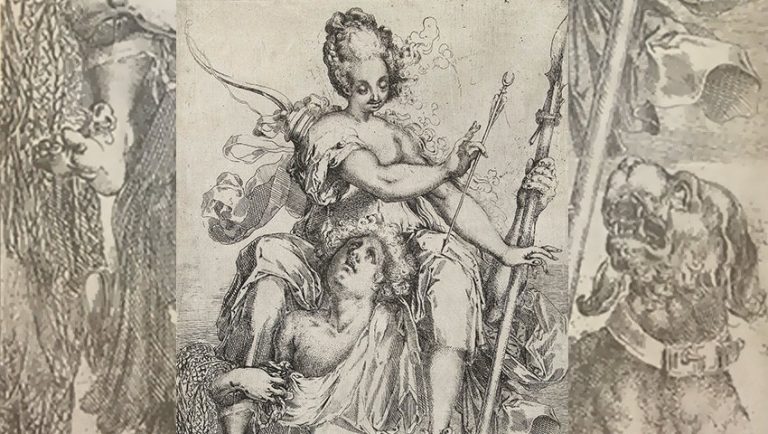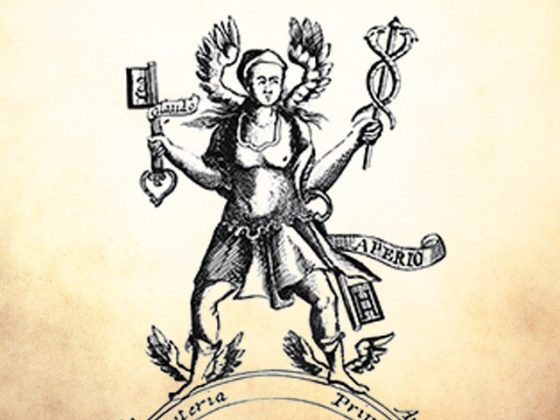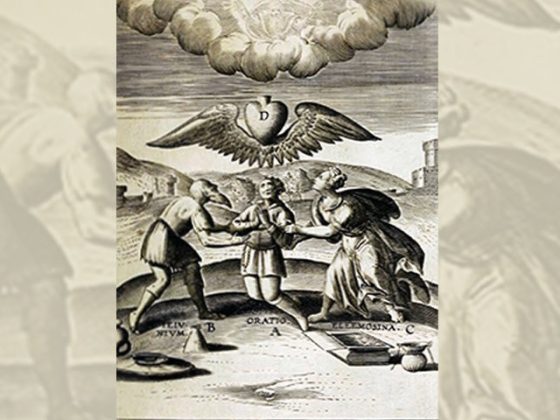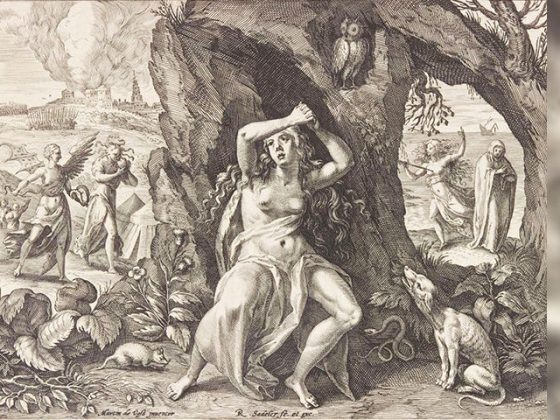Dearest reader friends:
It is with profound joy that I send you the present engraving that some researchers have called…
…ALLEGORY OF THE HUNT
This engraving is attributed to Giorgio Ghisi (1520-1582), an Italian Renaissance engraver, who, based on the designs of Luca Peni (1500-1504), executed them.
This engraving had the misfortune of not having its own title, as several museums call it in different ways: Orion and Diana, Adonis carrying Venus, Endymion and Diana… Since the characters could not be identified with certainty, in the book The Engravings of Giorgio Ghisi, written by Boorsch Suzanne, Michael Lweis and R. E. Lewis, they chose to call the engraving Allegory of the Hunt.
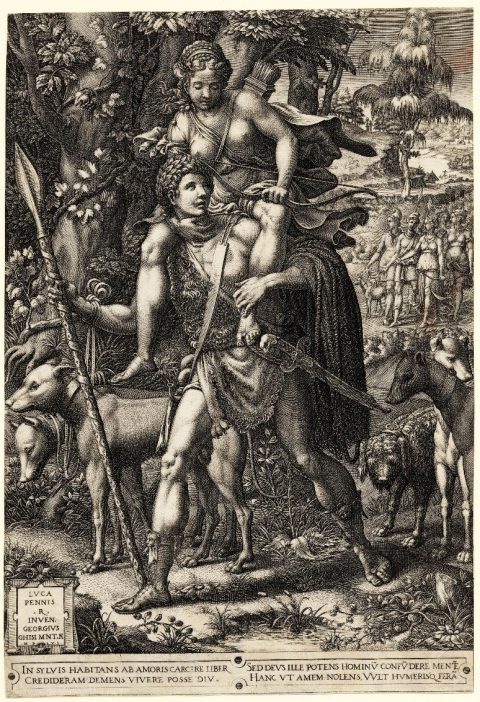
Comments:
“Endymion was a handsome young man plunged in a perpetual sleep. He was loved by the goddess Selene ─the Moon─, who visited him every night. Nowhere is it related that Endymion woke up and carried Selene on his shoulders.
About Orion it was said that he was a hunter renowned for his beauty, who was blinded by Oinopion when he tried to seduce his daughter. Orion was told that the sun's rays would heal him, so he placed the child Cedalion on his shoulders to guide him eastward. Orion was killed by Diana.
Because there is no account of Orion carrying a woman on his shoulders, and the male figure in the engraving does not appear significantly larger than the female, the identification of the two as Orion and Diana is difficult to sustain according to many authors.
On the other hand, the young Adonis was extremely beautiful, to the point that the goddess Aphrodite fell in love with him. On one occasion when Adonis was out hunting, he was killed by a wild boar. There is, however, no story about Adonis carrying Aphrodite on his shoulders.
This engraving has gone through some metamorphoses. For example, in the Ghisi print there is a cross, which is clearly seen in the first unfinished sketch of the print [see illustration below] and which was, in fact, imperfectly erased and is still seen in the print impressions made until the plate came into the hands of Cludio Duchetti ─engraving dealer and publisher (1565-1572) ─. The Christian reference seems totally incongruous in this classical scene, and its inclusion in the unfinished version remains unexplained.”
Dear readers, regardless of whether you want to see the goddess Diana associated in this engraving in the company of another deity, what does interest us in Gnosis is the relationship of the chaste Diana with our Divine Mother and the enormous work of hunting down our innumerable psychological aggregates that we carry in our psychic entrails. For this reason, she is also associated with the Moon, which is why she carries the image of the satellite, in the form of a crescent, in many other engravings. Likewise, she is always associated with a bow and its silver arrows.
Diana was the daughter of Zeus and Latona, and she begged her father that she would remain eternally chaste. That was the reason why many mythological characters who were moved by the curiosity to see her naked were killed by the arrows of the goddess when she discovered them in their daring.
The character who carries Diana on his shoulders can be clearly associated with any Adept of the White Brotherhood who longs to be accompanied by our blessed inner God Mother to ensure the death of the egoic elements that, unfortunately, identify us before the Gods as ghosts. This is the reason why the warrior or Adept who carries the goddess on his shoulders carries in his right hand precisely an enormous spear that points to the virile and chaste strength of those who do not spill the glass of Hermes according to the Gnostic tradition.
The central couple is followed by a court composed of Nymphs that Diana also begged her father ─Zeus─ to accompany her permanently. All these Nymphs, according to the myth, should always remain chaste, which indicates to us that the different parts of our BEING and of our Divine Mother are and always remain chaste in the eyes of the Theomegalogos.
The cross that can be seen in the engraving smaller than the main one was, without a doubt, an idea of one of the engravers of the time, who tried to mix Greek myths with the Christian faith. And there is no doubt, on the other hand, that true chastity is only achieved through the crossing of male and female forces during metaphysical intercourse according to the most ancestral Hermetic traditions. That is the mystery of the lingam-yoni and pudenda of Tibetan and Hindu doctrines.
Singularly, the dogs that always accompany the mythological goddess Diana also deserve our attention. The dog has always been associated with two virtues: fidelity and sexual strength, whether the latter is sublime or execrable. Suffice it to recall the dogs Orthro and Eurytion against whom the mythological Hercules fought in one of the twelve labors that were imposed on him by the Gods of Olympus to recover his status as divinity. Both dogs symbolized violence without limits, that is the violence of the infra-sex that blinds the reason of unsuspecting pilgrims.
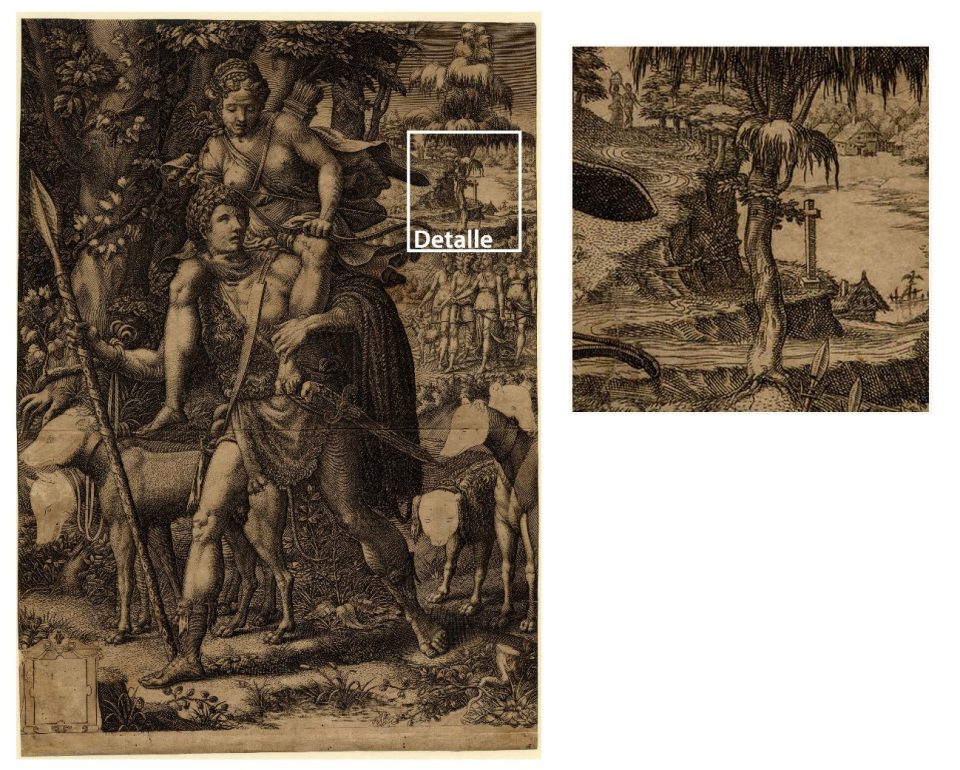
In the first unfinished sketch of the illustration, in the detail, the cross that we discussed above can be seen, and it is at the foot of a tree. We also see a man and a woman walking along the path. This couple emphasizes that the mystery that surrounds chastity is not only to be practiced among the Gods but also by the human species in general.
A Latin text tells us the following:
«In sylvis habitans ab amore carcere liber credireram demens vivere posse diu. Sed deus ille potents hominum confundere mentem hanc ut amem moles. Vult humerisque feram».
One translation would be: ‘Dwelling in the forests, I, a fool, had thought I could live for a long time free from the prison of love. But that God who can confuse the minds of men wants me, even if I don't want to, to love this woman and to carry her on my shoulders.'
Indeed, beloved friends, love is a feeling decreed by the Creator for the wholesome enjoyment of His own creation. We must differentiate, obviously, CONSCIOUS LOVE from the PASSIONATE DESIRE that today keeps the minds of the multitudes disturbed.
It is worth noting here, on these pages, the skin that covers the body of the Adept. It is similar to the skin of the Lion of Nemea, which ended up symbolizing the triumph of Hercules in all his labors.
We now add a drawing by Jacques Bellange (1575-1616), French artist, engraver and printer, with a comment on it.
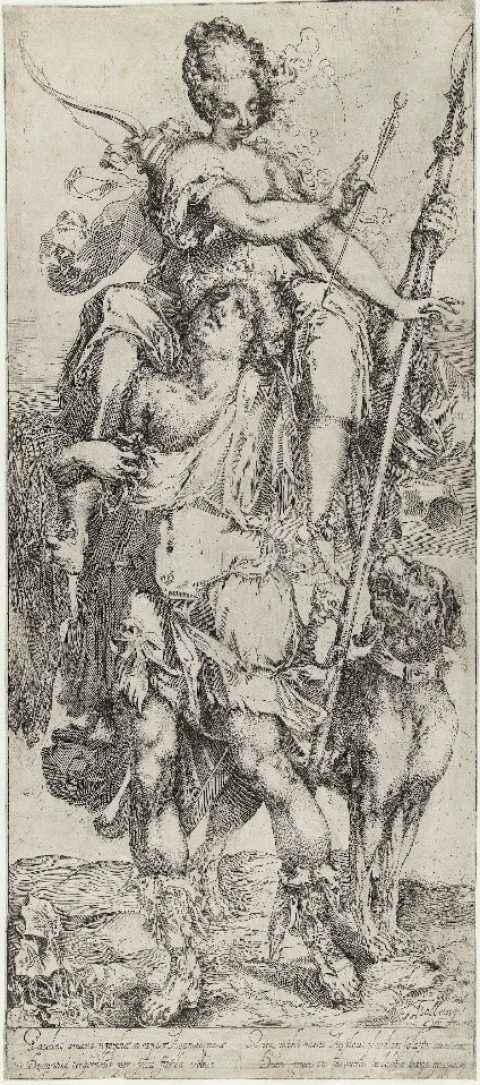
“It has often been pointed out that Ballange must have been aware of Luca Peni's beautiful painting on the same subject, at least through the engraving that Giorgio Ghisi made in 1566. But Bellange changed it beyond recognition by removing the landscape – although it was crucial – and focusing on the goddess, the titan and the dog.”
Jacques Bellange also engraved on the drawing the following verses in Latin, let us see them:
«Gaudet amans nympha si raptos Agenore nata
Dum sua tergoribus per freta furla vehit
Qua mihi nunc impleut placidam solatia mentem
Dum mea sic humeros pulchra Diana gravat».
Translation: ‘Just as the rapacious lover of the nymph, daughter of Agenor, rejoices as he carries her on his back in raging seas, what comfort bathes my serene soul as I feel the weight of my beautiful Diana on my shoulders!'
I now transcribe some beautiful sentences for your reflection:
“Love is man's great refuge from loneliness, the immense solitude that Nature, the species, and eternal laws have imposed on him.”
Henry Bataille
“Love is born with us when we are born.”
Unamuno
“A burning heart always asks for sweetness from life.”
Dostoyevsky
“Love only admits love as payment.”
Fernando de Rojas
“There are two things that cannot be achieved with gold: true friendship and true love.”
Antisthenes
AD INFINITUM.
─‘To infinity'─.
KWEN KHAN KHU


